The journey of kratom from a tree to a product
NOTICE: The kratom that we sell on FAJN.eu eshop is intended for collecting purposes only. Kratom in the Czech Republic is not approved as a nutritional supplement or as a food. Please use the information provided here only for study purposes. The author accepts no liability for any damage caused by its use.
The Kratom Tree
Kratom plant (Mitragyna speciosa) is a tree that can reach heights of 100 feet (30.5 meters). The usual height in its native habitat is around 4 to 16 meters. When people talk about kratom, they may refer to either the plant mitragyna speciosa or the botanical substances obtained from its broad leaves. This tall tropical tree is genetically close to the coffee plant in the Rubiaceae family. Kratom tree is native to Southeast Asia, particularly Indonesia, Thailand, Malaysia, and Papua New Guinea. Kratom trees are forestry plants classed as NTFPs (Non-Timber Forest Products) because they originated in the forest and the leaves were harvested. Kratom may also be referred to as ketum, ithang, or thom depending on where you are. The plants are difficult to grow in non-tropical climate. However it is possible. Kratom tree is generally native to a hot, humid areas with substantial precipitation throughout the season. The tree loves heat and moisture, so it grows most of the time under the overhanging branches of other trees in the forest around it. Considering the fact that they prefer humidity, being exposed to sunlight is not a major issue. Kratom tree loves rainy weather, but one of the reasons these plants thrive in Southeast Asia region is due to the soil. The soil plays a role in cultivating a successful Kratom tree because it requires a lot of water or has proper drainage. Kratom grows well near rivers on alluvial soil rich in organic substances. Kratom is not a water-living plant, although it can survive if the ground conditions become flooded at any point.
The Kratom Leaf
Mitragyna speciosa has oval or ovate-lanceolate dark green leaves which can grow up to 180 mm long and 100 mm wide. The veins of the leaves are either greenish-white or crimson, with the former being more effective. A fresh leaf weighs roughly 1.7 g, while a dried leaf weighs about 0.43 g. The tree's yellow and globular blossoms have up to 120 florets. The fruit is a capsule with several little flat seeds within. The leaves of this tree possess pointed veins and can be white, green, or red in color. The leaf has approximately 12-17 pairs of veins. The characteristic of kratom leaves is that they have leaves that look like they are coated in wax and look smooth when viewed from the outside. When new leaves form, the kratom will form buds, then bloom into new leaves. Bud marks from the formation of kratom leaves will always be visible along the kratom stem on the right and left side of it. Young kratom leaves are deeper in color and will fade as they mature. There are two kinds of kratom: those that form horns called Maeng-da and those that do not form horns.
The History of Kratom
For ages, people have chewed, smoked, or boiled kratom leaves to treat a variety of illnesses. Some of the most common applications are exhaustion relief, pain relief, anxiety and/or depression relief, generating euphoria, reducing opioid and alcohol dependence, and acting as an opiate replacement. There have also been reports of kratom being used to treat intestinal infections and diarrhea. Kratom has an extensive history of use in Southeast Asia and gained attract in North America and Europe due to its stimulant and opioid-like characteristics. The Dutch botanist Pieter Willem Korthals identified kratom for the first time in the 19th century. Kratom, scientifically known as “Mitragyna speciosa”. It has been believed that the name "Mitragyna" was given to the genus by the Dutch botanist Korthals because the plant's leaves and stigmas mimic the shape of a bishop's mitre. Since 2016, the Kratom tree has increased in reputation because of extensive coverage in both national and international news. People who are eager in discovering more about the plant, on the other hand, have identified some good characteristics. Kratom was prohibited in Thailand from 1943 to 2020. As a result of the kratom ban, most of the trees were cut down. Local workers in Thailand have traditionally chewed or prepared tea from the tree's chopped fresh or dried leaves to reduce fatigue while improving job productivity. Kratom formulations have also been utilized for centuries in socioreligious rituals and to treat a range of medical ailments, including morphine addiction in Thailand, and as opium substitute in Malaysia. Kratom use has become illegal in Malaysia and Indonesia, whereas Thailand permits the plant's legal cultivation and consumption. Still, Indonesia exports kratom as an agricultural product to the United States and several other countries. In the past few years, kratom has gained popularity as a recreational novel substance in the EU, US, and other countries (for example in Japan). A wide range of Mitragyna speciosa-related products are easily accessible in local smart shops and are rapidly being sold on the Internet. There are numerous formulations available, such as raw leaves, capsules, tablets, powder, and concentrated extracts. Prices vary across region and depend on the type and amount of product purchased, for instance, ranging from 0.2 to 1 euro per gram. Dried, powdery leaf material is one of the most popular kratom products across the United States and Europe, although different formulations such as enhanced extracts, resins, tinctures, and edibles are also accessible. In this article, we will take you through the intriguing journey of how kratom goes from being a tree in Southeast Asia to the neatly packaged products you find in the market.
Kratom Harvesting: When and how are kratom leaves harvested?
The first step in the journey of kratom from a tree to a package is the harvesting of its leaves. The timing of harvesting is crucial to ensure the potency of the kratom leaves. Typically, the leaves are harvested when they are mature and have developed the highest concentration of alkaloids, the compounds responsible for its effects. In general, most Kratom strains are classified into three types of Kratom leaves. These categories are White Vein, Green Vein, and Red Vein. The term 'vein' refers to the venation patterns on the bottom of the Kratom leaf.
- Younger Kratom trees may have lighter-colored leaf veins (White Vein).
- Kratom tree leaf veins might begin to mix in with the color of the leaf itself as they age (Green Vein).
- The most mature Kratom leaves may have reddish or brownish veins on the underside of the leaf (Red Vein).
Timing is essential when collecting Kratom leaves at specific moments during the Kratom tree's lifecycle. A White Vein Kratom leaf may turn into a Green Vein Kratom leaf in a matter of months, and with enough time, that green-veined leaf can progress into a Red Vein Kratom leaf. The vast majority of Kratom leaves are red-veined when harvested, and it is the post-harvest procedures that determine the final color hue of the powder and its associated alkaloid profile. Harvesters, often local farmers, use traditional methods such as hand-picking or carefully using tools to pluck the leaves. They select leaves with the most vibrant green color and avoid those that may be damaged or diseased. Leaf bones (veins) however, are not included in the production of kratom leaf powder/flour, according to various popular articles. It has been suggested that eating leaf bones can promote constipation (constipation) in the body.
Proper harvesting practices help maintain the quality of the final product. Since tracking Kratom leaves as they grow is so important, Kratom producers have established highly accurate harvesting schedules that generate the proper amounts of White Vein, Green Vein, and Red Vein kratom. Consider that the Kratom tree has been grown on dedicated plantations for hundreds of years, and Kratom farmers have had plenty of opportunities to learn via trial and error throughout that period.
Harvesters in Kapuas Hulu, Indonesia begin harvesting when the plants are 6 months old and around 1 meter tall. Harvesting is accomplished by picking old leaves and leaving 4-6 young leaves on the plants. The very first harvest produces approximately 0.5 - 0.75 kg/tree. The second harvest occurs 1.5 to 3 months following the first harvest, depending on the condition of the plants and the farmer's measurements. Second crop productivity typically improves by 30%. The next harvest occurs every 1.5 - 3 months, and productivity continues to grow. Branches that are too long and tall are pulled using bamboo or rope to make harvesting easier.
How are kratom leaves dried?
After harvesting, the freshly picked kratom leaves must go through a drying process. This step is vital to prevent the growth of mold and bacteria, which can degrade the quality of the leaves. Traditionally, kratom leaves are spread out in the sun to dry naturally. The leaves are laid out in thin layers on large trays or flat surfaces, allowing them to absorb the sun's warmth and air circulation. This natural drying process can take several hours to a few days, depending on weather conditions.
In recent years, commercial kratom production has adopted more controlled drying methods, including the use of specialized drying machines and climate-controlled facilities. These methods ensure consistency and quality by carefully monitoring temperature and humidity levels.
Whenever a Kratom strain is to be dried immediately and not fermented, the gathered leaves are normally spread out into a uniform layer and left to dry in one of two environments:
- Indoor drying using a fan. Large, dark holding chambers are utilized to protect the harvested Kratom leaves from direct sunlight. To circulate the inside air and remove evaporation as the leaves dry, industrial-grade fans are used. Indoor drying requires extreme care to detail and a laser-like focus on cleaning. Mold and mildew can grow in the absence of proper moisture control methods.
- Outdoor drying. Outdoor-dried kratom leaves are carefully spread out into thin layers and exposed to the elements for 24-72 hours. Because direct sunlight kills mold and mildew spores quickly, outdoor Kratom leaf drying is frequently cleaner and easier to maintain, but this is not always the case. Weather conditions must be monitored, and harvested leaves must be agitated every several hours to guarantee that the entire crop yield receives continuous sunshine exposure.
It is fairly typical for gathered Kratom leaves to be dried both indoors and outdoors. The length of time the leaves are exposed to either of these conditions has a significant impact on the potency of the final crushed powder.
From leaves into crumbs
Once the leaves are dried, they must be turned into crushed leaf also called ‘crumbs’. Kratom crumbs are made manually or using machines. Traditionally, this is done manually by rubbing the kratom leaves on the base of the drying rack so that they become smaller form. The leaf veins are then separated and discarded after being winnowed. Certain farmers use specifically designed machines to grind their leaves into crumbs, but the vast majority do it by hand. Crumbing entails breaking the dried leaves into little pieces and then removing the stem fragments. The crumbs are then packed into huge bags weighing 30-50 kilograms.
How are kratom leaves processed into powder?
Once the kratom leaves are completely dried and becoming crumbs. They are ready for processing into various forms to meet the diverse preferences of customers. Grinding it into powder is one of the most common forms of kratom is finely ground powder. Large quantities of dried leaves are fed into modern and sanitized grinding machines, which pulverize them into a fine powder. Then they collected the powder into large plastic bags of 30-50 kilograms. This powder can be consumed by mixing it with water, making kratom tea, or encapsulating it for convenience.
How is kratom packaged for sale?
After processing, the final kratom product is meticulously packaged for distribution and sale. The powder is then packaged into 1-25 kg bricks and sold to the buyer. This step can be fulfilled by the farmers. Packaging plays a crucial role in preserving the freshness and quality of the product. Here are some common packaging methods:
- Airtight Containers: Kratom powder is often packaged in airtight, resealable bags or containers to protect it from moisture and air, which can cause degradation.
- Bulk Packaging: For wholesale or bulk distribution, kratom may be packaged in larger containers or bags, suitable for retailers or manufacturers who wish to process the product further.
Quality Control: How is The Quality of Kratom Products Ensured?
Ensuring the quality of kratom products is essential to provide consumers with safe and effective options. Quality control measures are implemented at various stages of production:
- Harvesting and Selection: Experienced harvesters carefully select mature leaves, avoiding damaged or diseased ones. This initial step sets the foundation for a high- quality product.
- Drying and Storage: Proper drying techniques and storage conditions, such as low humidity and controlled temperatures, are crucial to prevent mold and maintain freshness.
- Testing: Reputable kratom producers often conduct lab testing to verify the alkaloid content, ensuring that the product matches its labelled strain and potency. This step helps in standardizing dosages and providing transparency to consumers.
- Packaging: Kratom is packaged in airtight containers to protect it from moisture, light, and air.
In conclusion, the journey of kratom from tree to package is a complex and carefully managed process that involves harvesting, drying, grinding, and packaging. Each step contributes to the quality and potency of the final product, which is then made available to consumers for various uses. As the popularity of kratom continues to grow, it is essential for both producers and consumers to understand and appreciate the intricate journey that brings this unique product to their hands.




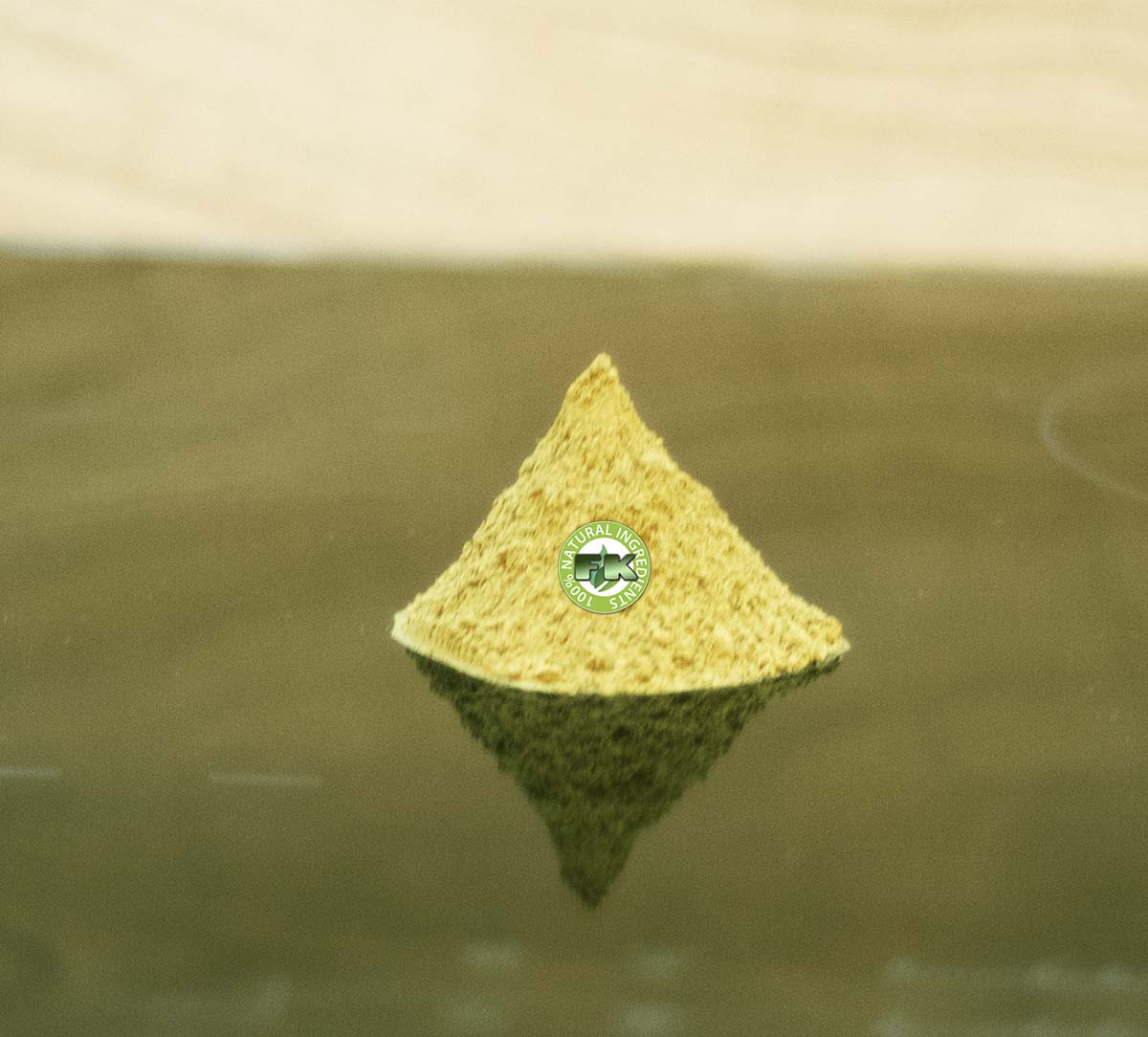
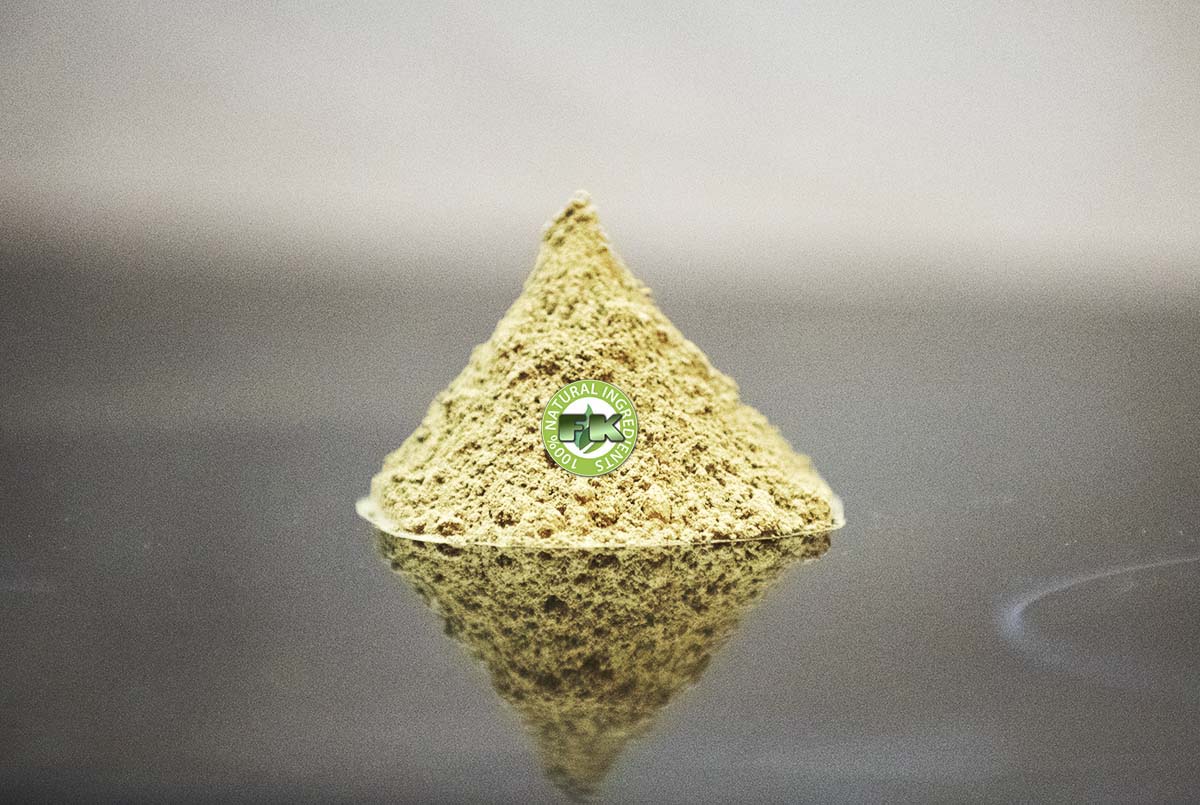
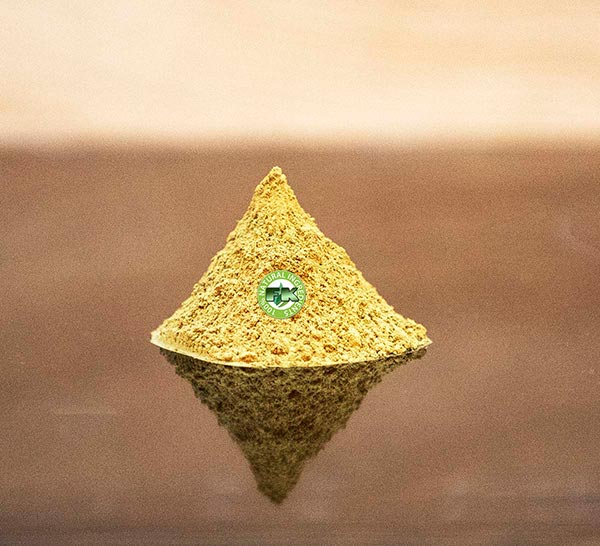
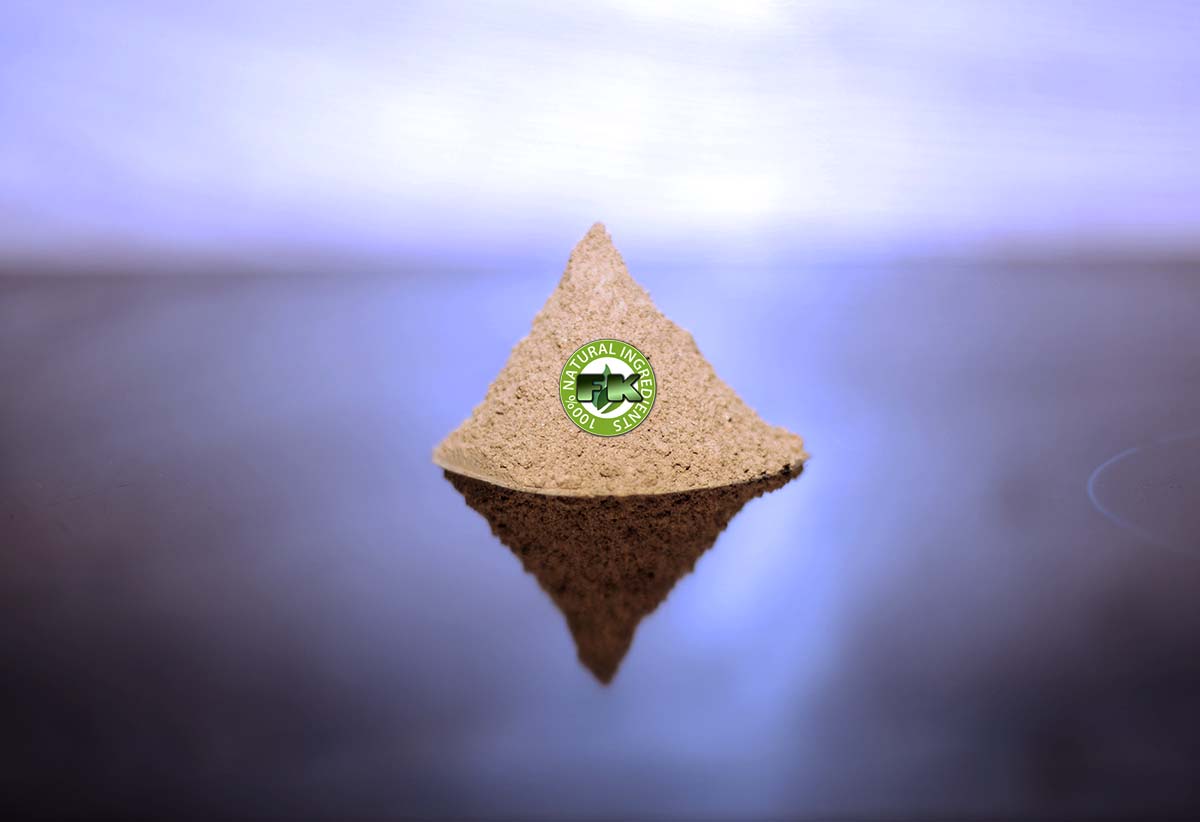
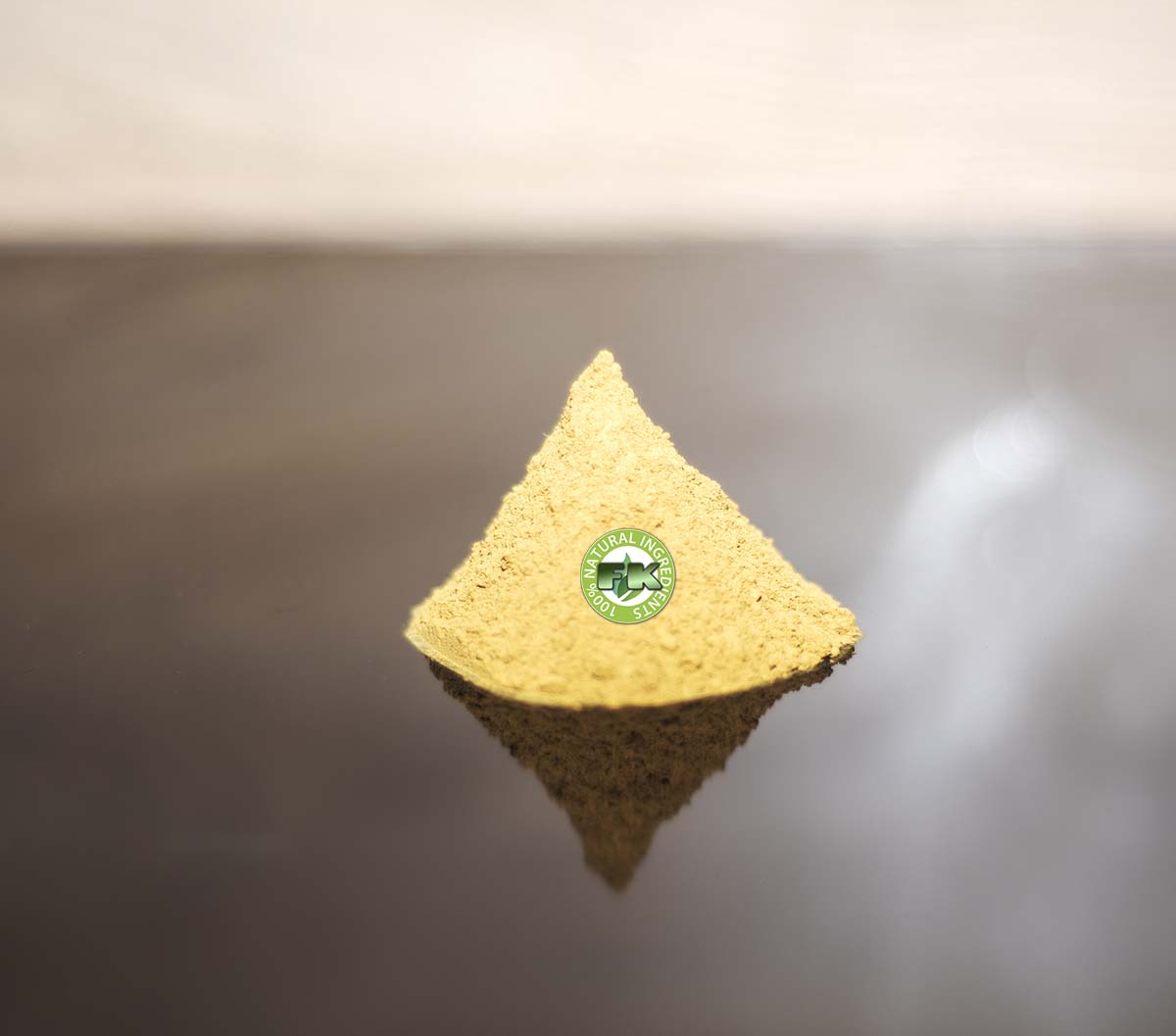

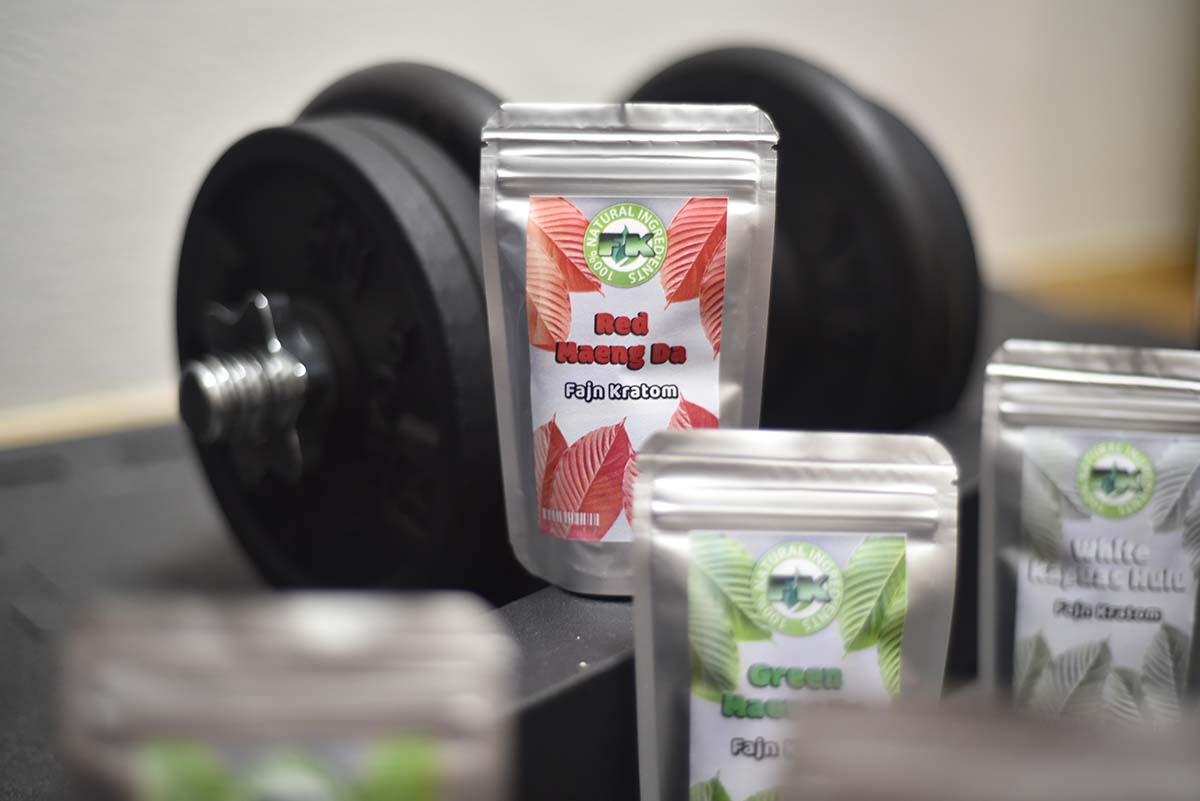
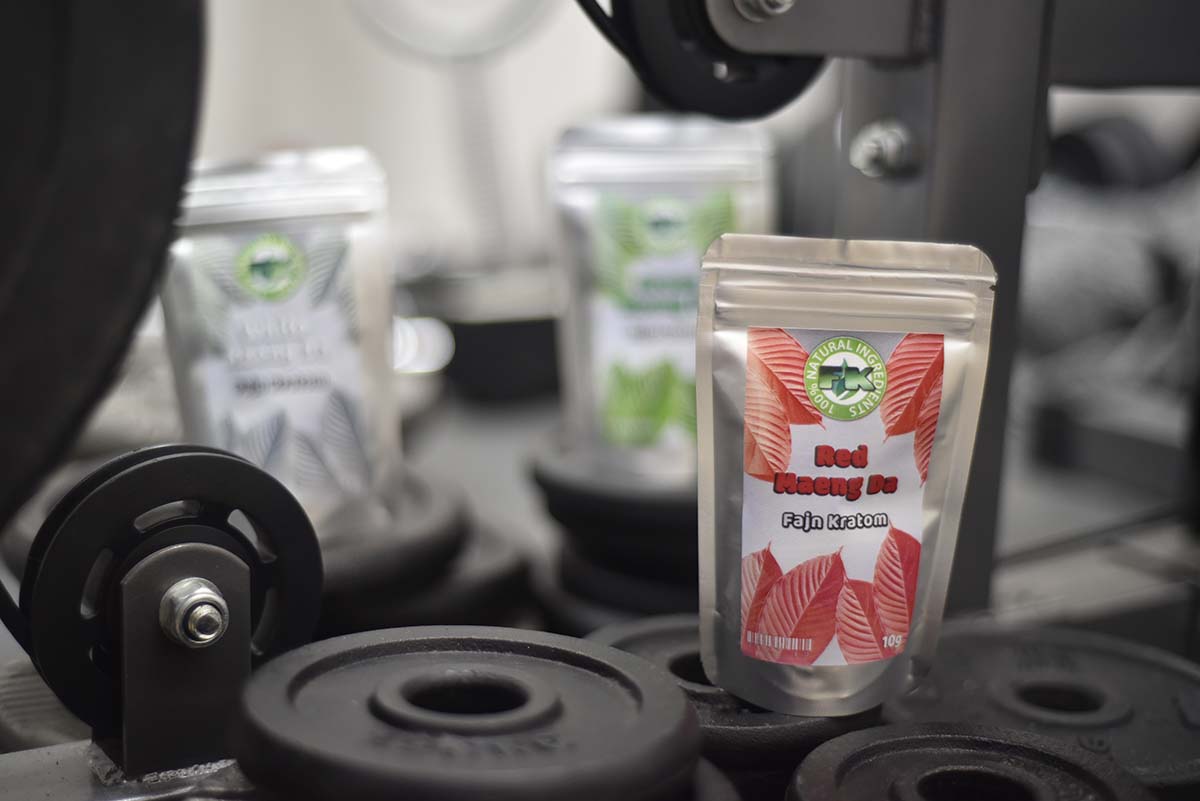

 ABOUT
ABOUT